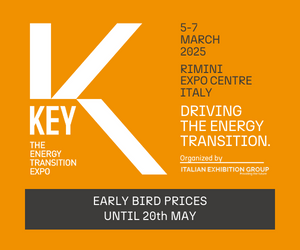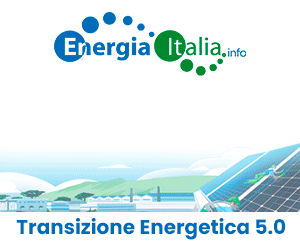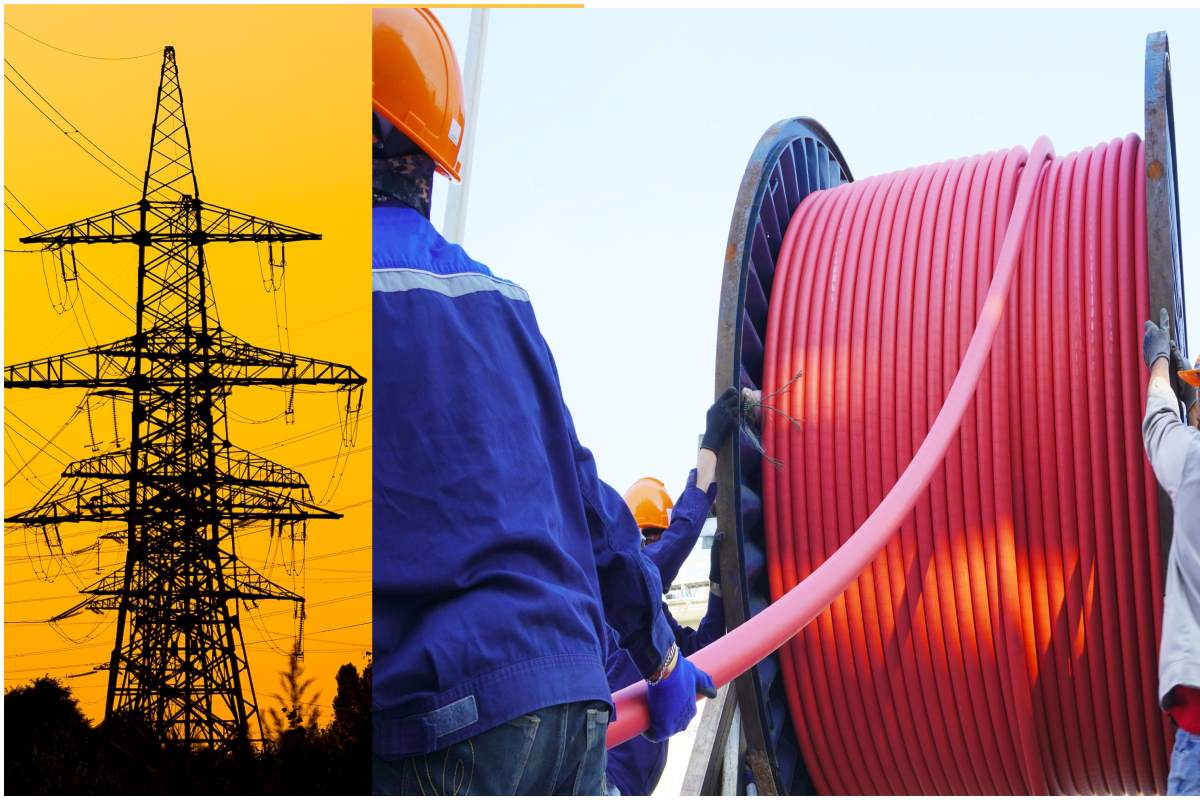Chile’s government in September 2013 voted to pass legislation for ambitious renewable energy levels nationwide, upgrading the existing law mandating that 10% of the nation’s energy portfolio come from renewable sources by 2020 to a 20% by 2025. The country seems to have all the ingredients to be a very interesting market for clean energy technologies: great levels of solar irradiance, strong winds a growing demand for electricity and high energy prices. We talked about it with Carlos Finat, Executive Director of ACERA Asociacion Chilena de Energias Renovables and Member of the Board at the Centro de Energía of Universidad de Chile, who on july the 11th will be in Italy for OIR’s seminary “The Chile’s Market For Renewable Energy Sources: Opportunities for the Foreign Investors“
Mr Finat, which economic features make of Chile an interesting market for investing in renewable energy?
 I would like to say that in general, Chile as a country is an attractive place to invest. An open market, country growth and political stability are key strengths of Chile. In the last “Global Competitiveness Report 2013 – 2014” issued by the World Economic Forum, Chile ranks 34th, well ahead from the other countries from Central and South America. For the renewable energy focused investor, the attractiveness of Chile is recognized by many parties. As an example, the Bloomberg New Energy Finance report ranks Chile as the second more attractive country to invest in renewables in Latin America and the Caribbean. The strengths of Chile that are highlighted by this report are the favorable legal framework, the amount of current investment in non-conventional renewables, the availability of renewable resources and the country´s target on GHG emissions reduction. Another important factor for the industry is that country is facing high energy prices and energy scarcity. The dependence on generation sources that are based mainly in large hydro and in imported fossil fuels makes the price highly dependent on the availability of water and on the international prices of oil and gas. It is also important to highlight the role that the recently announced Energy Agenda gives to the non-conventional renewable energy sources. The Agenda not only declares the strong commitment of the government to comply with the renewable target of having by 2025 a 20% of energy coming from non-conventional renewable sources. It defines a clear and comprehensive set of regulations to support this commitment.
I would like to say that in general, Chile as a country is an attractive place to invest. An open market, country growth and political stability are key strengths of Chile. In the last “Global Competitiveness Report 2013 – 2014” issued by the World Economic Forum, Chile ranks 34th, well ahead from the other countries from Central and South America. For the renewable energy focused investor, the attractiveness of Chile is recognized by many parties. As an example, the Bloomberg New Energy Finance report ranks Chile as the second more attractive country to invest in renewables in Latin America and the Caribbean. The strengths of Chile that are highlighted by this report are the favorable legal framework, the amount of current investment in non-conventional renewables, the availability of renewable resources and the country´s target on GHG emissions reduction. Another important factor for the industry is that country is facing high energy prices and energy scarcity. The dependence on generation sources that are based mainly in large hydro and in imported fossil fuels makes the price highly dependent on the availability of water and on the international prices of oil and gas. It is also important to highlight the role that the recently announced Energy Agenda gives to the non-conventional renewable energy sources. The Agenda not only declares the strong commitment of the government to comply with the renewable target of having by 2025 a 20% of energy coming from non-conventional renewable sources. It defines a clear and comprehensive set of regulations to support this commitment.
In September 2013, Chile’s government voted to pass legislation for more ambitious renewable energy levels. Which are the targets and how is the country policy on renewables?
The new non-conventional renewable energy target is that by 2025, a 20% of generation should come from NCRE sources. This is to be achieved following a growing requirement, from 5% for 2014 to the above said target of 20% in 2015. The new government has issued an Energy Agenda, which gives a leading role to the NCRE sources. This Agenda recognizes the fact that Chile needs to obtain a reasonable level of energy independence from fossil fuels and also to get a reasonable price of energy. Given the huge availability of NCRE resources of the country, these both objectives can be achieved by using those resources.
Which energy sources are incentivized and how? Which energy sources are more profitable?
In general terms, the legal framework for the renewables in Chile is technology neutral. Even though, some specific incentives have been awarded or are in place, to support specific technologies or areas of applications. Last year, after an international tender process, the Chilean government awarded a subsidy and a financing package to a company that will build the first CSP power plant in Chile and the largest in Latin America. Also, there are government funds to support the implementation of small renewable generation for irrigation purposes and to develop the basic feasibility studies of new plants.
 Chile has a very good solar irradiance and strong winds in some areas. Which are the most interesting areas of the country for PV and for wind power?
Chile has a very good solar irradiance and strong winds in some areas. Which are the most interesting areas of the country for PV and for wind power?
In general, the zones with high irradiance are located in the northern four regions of Chile, i.e. from Arica y Parinacota to the Atacama regions. Through this regions, a total potential of 550 GW in CSP and 1.260 GW in PV are estimated by a recent study published by the Ministry of Energy. The same study, estimates a total for wind power a potential of 37 GW, located mainly in the region of Atacama and in the southern zone from the Biobío to the Los Lagos regions, including the island of Chiloe. The study is entitled “Energías Renovables en Chile – El Potencial Eólico, Solar e Hidroeléctrico de Arica a Chiloé” and is available at the Ministry of Energy web site (here, edit).
How is the local PV market?
The local PV market is growing very fast. One year ago, the installed capacity was less than 4 MW and 70 MW were being built. Today, there are 170 MW in operation and another 170 MW are being built.
Due to the high solar potential plants that won’t need any subsidies and will still be cheaper than fossil fuel-derived electricity are already being built. Could you tell us more about this?
The Chilean market for renewables has no subsidies. So, all plant owners rely on the income that comes from sales through a PPA or from the spot market. As a general reference, we estimate that the price of a PPA to be supplied from LNG will be over 125 US$/MWh, while energy coming from the available renewable plants (minihydro, biomass, wind and solar) would be in the range from 60 to 110 US$/MWh.
Chile has a very high cost of the electricity compared to other American countries, it looks like a good place also for rooftop PV, how is this market?
Even though two years ago the Chilean Congress passed a Law that regulated the generation of electricity with small (<100 kW, edit) installations in homes and SMB, this law has been prevented to apply as its detailed regulation has not yet been issued. The new government committed and complied to issue this regulation during the first half of 2014. Now this regulation is only waiting to have the approval by the government Controller Office.The provisions of the law define a net billing approach, what probably limits the practical application only to the places where there is very good wind and sun.
How is the local green energy industry?
We see a growing local green industry that is slowly responding to the requirements of the construction, operation and maintenance requirements of the new plants that are being built. This is clearly an area of opportunities for investors interested in the Chilean market. With 1.600 MW already installed in minihydro, biomass, wind and solar, and another 900 MW under construction, the local industry should react and try to gain a share of the services and manufacturing. Of course, the experience and knowledge of companies that already work for the renewable industry would be a relevant advantage.
(Interview by QualEnergia.it commissioned by OIR)


































